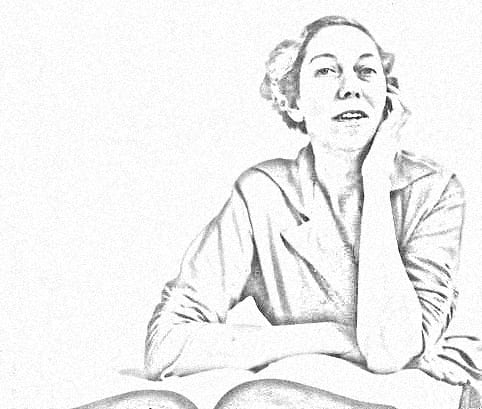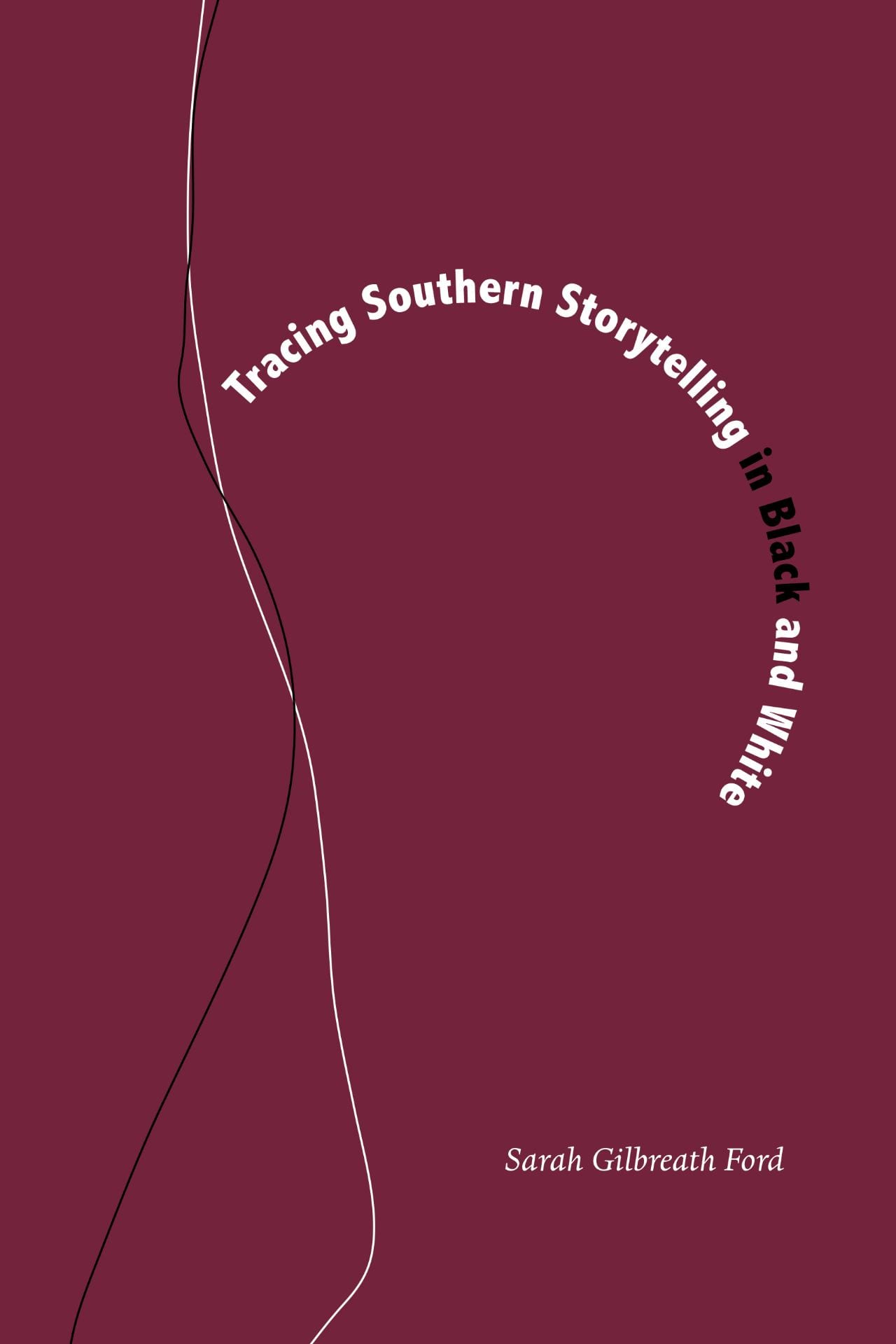Haunted Property: Slavery and the Gothic
University Press of Mississippi, 2020
Winner – 2021 South Central Modern Language Association Book Prize
When Harriet Jacobs escaped from slavery, she found that even in the North, the vestiges of her status as someone’s property still haunted her. Her northern employer finally paid off the family who claimed her, and although Harriet was grateful that she no longer had to fear reenslavement, she was aghast that even in the North her freedom and her very personhood had to be bought with money. In her narrative she calls on future readers to bear witness to this atrocity: “The bill of sale is on record, and future generations will learn from it that women were articles of traffic in New York, late in the nineteenth century of the Christian religion.” This book is an answer to Jacobs’ call to witness that purchase and to contemplate the nightmare symbolized by that bill of sale.
That nightmare for Jacobs and for other writers depicting slavery is best dressed in gothic clothing, so that by confronting ghosts, haunted spaces, or monsters, readers can understand the true horror of losing personhood. Although literary critics have argued that the American gothic is driven by the nation’s history of racial injustice, what is missing in this critical conversation is the key role of property. This book argues that out of all of slavery’s perils, the definition of people as property is the central impetus for haunting because it allows the perpetration of all of the other terrors. Property becomes the engine for the white accumulation of wealth and power fueled by the destruction of black personhood.
Specters often linger, however, to claim title, and haunting can be a bid for property ownership. Ford reveals how writers can use the gothic to combat legal possession with spectral possession. Chapter One focuses on Harriet Jacobs’ Incidents in the Life of a Slave Girl and Hannah Crafts’ The Bondwoman’s Narrative. Ford argues that Jacobs and Crafts employ the power of fictionality to cast their textual selves as gothic damsels beset by monstrous slaveholders. The authors, however, claim spectral possession by crafting their narratives as literary property they themselves can own. Chapter Two explores Herman Melville’s Benito Cereno, Mark Twain’s Pudd’nhead Wilson, and Sherley Anne Williams’ Dessa Rose. All three of these texts depict con games that undermine slavery’s construction of race. In each text, gothic markers reveal and undermine the conflation of people and property. Chapter Three examines parallel scenes in William Faulkner’s Absalom, Absalom!, Eudora Welty’s Delta Wedding, and Toni Morrison’s Song of Solomon, where a character rushes into a haunted house seeking to climb the stairs only to be thwarted by a seemingly supernatural African American woman. Treated as property, these women haunt as houses, but their spectral possession of property affords them power. Chapter Four argues that in Toni Morrison’s Beloved, Sethe makes a property claim when she kills her daughter, a claim that speaks directly to the history of American property law. Although Sethe’s action might make her a valid property owner, her claim is answered by spectral possession when Beloved haunts to reclaim her personhood. Chapter Five argues that Octavia Butler’s Kindred and Natasha Trethewey’s Native Guard reveal not only how slavery haunts us, but also how we haunt slavery. Employing time travel, the two texts haunt backwards, as the authors claim the property of history.
Haunted Property: Slavery and the Gothic reimagines the southern gothic, which has too often been simply equated with the macabre or grotesque and then dismissed as regional. Instead, gothic tales of slavery are the very distillation of the anxieties about race and property located in the larger American literary tradition.
Tracing Southern Storytelling in Black and White, University of Alabama Press, 2014
This book explores how both white and African American writers such as Joel Chandler Harris, Charles Chesnutt, Zora Neale Hurston, William Faulkner, Eudora Welty, Ralph Ellison, Ellen Douglas, and Ernest Gaines have employed oral storytelling in literature. Each chapter pairs a white and an African American writer to highlight points of confluence in oral tradition. On porches, in kitchens, and on the pages of their work, white and African American southerners exchanged not just stories but strategies for telling stories. As a boy, for example, Joel Chandler Harris listened to the stories of African American slaves, and he devised a framework to turn the oral stories into written ones. Harris’s use of the frame structure influenced how Charles Chesnutt recorded oral stories. Mark Twain also listened to African American storytellers as a child. His use of oral dialects then impacts how Ralph Ellison and William Faulkner employ oral storytelling and how Toni Morrison later writes in response to Faulkner. The interactions are not a linear chain of influence, but a network of interactions, borrowings, and revisions.

Specters on Staircases: Race, Property, and the Gothic in William Faulkner’s Absalom, Absalom!, Eudora Welty’s Delta Wedding, and Toni Morrison’s Song of Solomon.” New Essays on Eudora Welty, Class, and Race, edited by Harriet Pollack, UP of Mississippi, 2019, pp. 57-78.
“Anne Bradstreet.” American Writers Retrospective Supplement: Volume III, edited by Jay Parini, Gale Cengage Learning, 2017.
“‘Nothing so mundane as ghosts’: Eudora Welty and the Southern Gothic.” The Palgrave Handbook of the Southern Gothic, edited by Susan Castillo Street and Charles Crow, Palgrave Macmillan, 2016, pp. 433-444.
“Of Trains and Relativity: Einstein and Perspective in Eudora Welty’s Delta Wedding.” Studies in the Novel, vol., 46, no. 3, 2014, pp. 354-370.
Co-editor with David McWhirter of Eudora Welty Review 6 (2014) and co-author of introduction, “‘Everybody to their own visioning’: Eudora Welty in the 21st Century.” pp. 3-7.
“Serious Daring in Eudora Welty’s ‘Powerhouse’ and ‘Where is the Voice Coming From?’” Southern Quarterly, vol. 51, no. 3, 2014, pp. 25-37.
“Laughing in the Dark: African Americans and Humor in Eudora Welty’s Delta Wedding.” in Eudora Welty, Whiteness, and Race, edited by Harriet Pollack, U of Georgia P, 2013, pp. 131-147.
“Liberty Contained: Sarah Pogson’s The Young Carolinians; or Americans in Algiers.” Early American Literature, vol. 41, no.1, 2006, pp.109-128.
“Listening to the Ghosts: The ‘New Southern Studies’: A Response to Michael Kreyling.” South Central Review , vol. 22, no. 1, 2005, pp.19-25.
“The Death of the Author: Eudora Welty’s Canonical Status.” Southern Quarterly, vol. 42,no. 3, 2004, pp. 86-95.
“Humor’s Role in Imagining America: Ebenezer Cook’s The Sot-Weed Factor.” Southern Literary Journal, vol. 35,no. 2, 2003, pp. 1-12.
“Rewriting Violence in Eudora Welty’s Losing Battles.” Mississippi Quarterly , vol. 54, no.1,2000-2001, pp. 23-36.
“Necessary Chaos in Hurston’s Their Eyes Were Watching God.” CLA Journal, vol. 43, no. 4, 2000,pp. 407-419.
“‘What you huntin’, man?’: Lady May and Language in Eudora Welty’s Losing Battles.” Southern Quarterly , vol. 37, no 3-4, 1999, pp.180-186.
“‘Everybody Remembering Together’: Losing Battles’s Postmodern Approach to History.” Southern Studies, vol 5, no. 1-2,1994, pp.127-136.

